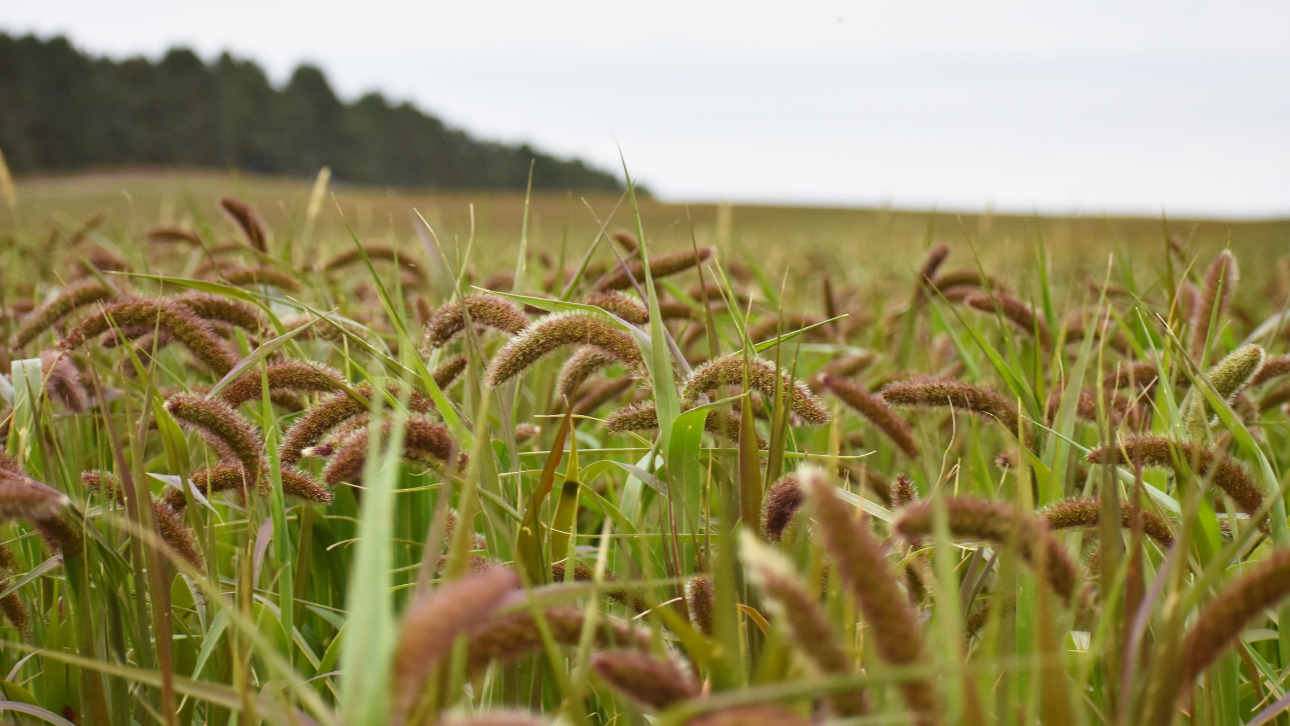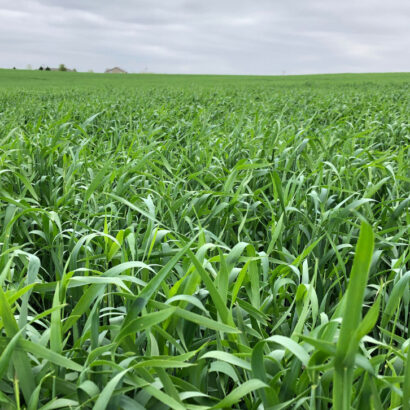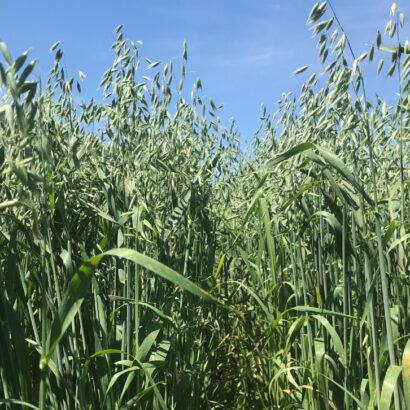Although we would like to think that all of our fields are ‘weed free’, unfortunately there are weed seeds living in the seed bank that can live in the soil for up to 50+ years. Those pesky little plants are sitting and waiting for the right opportunity to wreak havoc on our fields, thus hurting our production. This is especially true when it comes to forage crops, which means that preparation is essential for a successful crop.
Presence of weeds in forage crops not only diminishes the overall tonnage, but can also affect the quality and marketability of forages, which ultimately affects the bottom line. So what can you do about this?
Starting off on the right foot is the most important step to a weed free forage stand.
Pre-Planting Preparation Options:
- Pre-Plant Burndown: it is vital that you read the chemical labels prior to application to ensure there are no residual effects that impact the germination of seed. This is incredibly important when planting a diverse mix that includes broadleaves and grasses, as once those are growing, you cannot spray anything on the field.
- It is essential that you wait to plant the crop after pre-plant application, as planting too soon after spraying can cause significant crop injury.
- Rule of Thumb: wait 1 day per ounce of 2,4-D sprayed or 2 days per ounce of Dicamba sprayed.
- Tillage: can help alleviate weeds that are already. However, tillage does work in new (weed) seeds and can bring those up to the surface for germination.
Getting off on the right foot with a weed-free field is ideal, but sometimes there are weeds that try to grow after the crop is germinated. What should you do at that point?
Post-Emerge Options:
- Post-Emerge Chemical Application: most of the common annual forages are grasses, which means that you can control broadleaf weeds in those fields with post-emerge products. A post-emerge product that seems to work well is the 2,4-D LV4 formulation (1 pint per acre).
- However, it isn’t as simple as filling the sprayer and spraying the field – pre-spray preparation is a must:
- If the seedlings are immature, there is potential for significant crop injury if sprayed too early. Ensure that all grasses are tillering (typically at least 6 inches tall) before spraying.
- Unfortunately, there is nothing that can be sprayed on annual grass forages to control grass weeds.
- However, it isn’t as simple as filling the sprayer and spraying the field – pre-spray preparation is a must:
In order to have a good crop, a solid weed control program is essential. Too many weeds in a field can not only hurt income this year, but potentially can impact production for many years to come. It is vital that you spend time preparing ahead of time, researching products that are safe to spray on your crops and ensuring you’re allocating enough time post spraying prior to planting. If you have any questions regarding weed control, Team Millborn is here to help or direct you to your local chemical representative.
So, what’s in your seed bank? We are here to help you get the most out of your seed bank (and control the weeds that are living in it).




Discussion
0 Comments